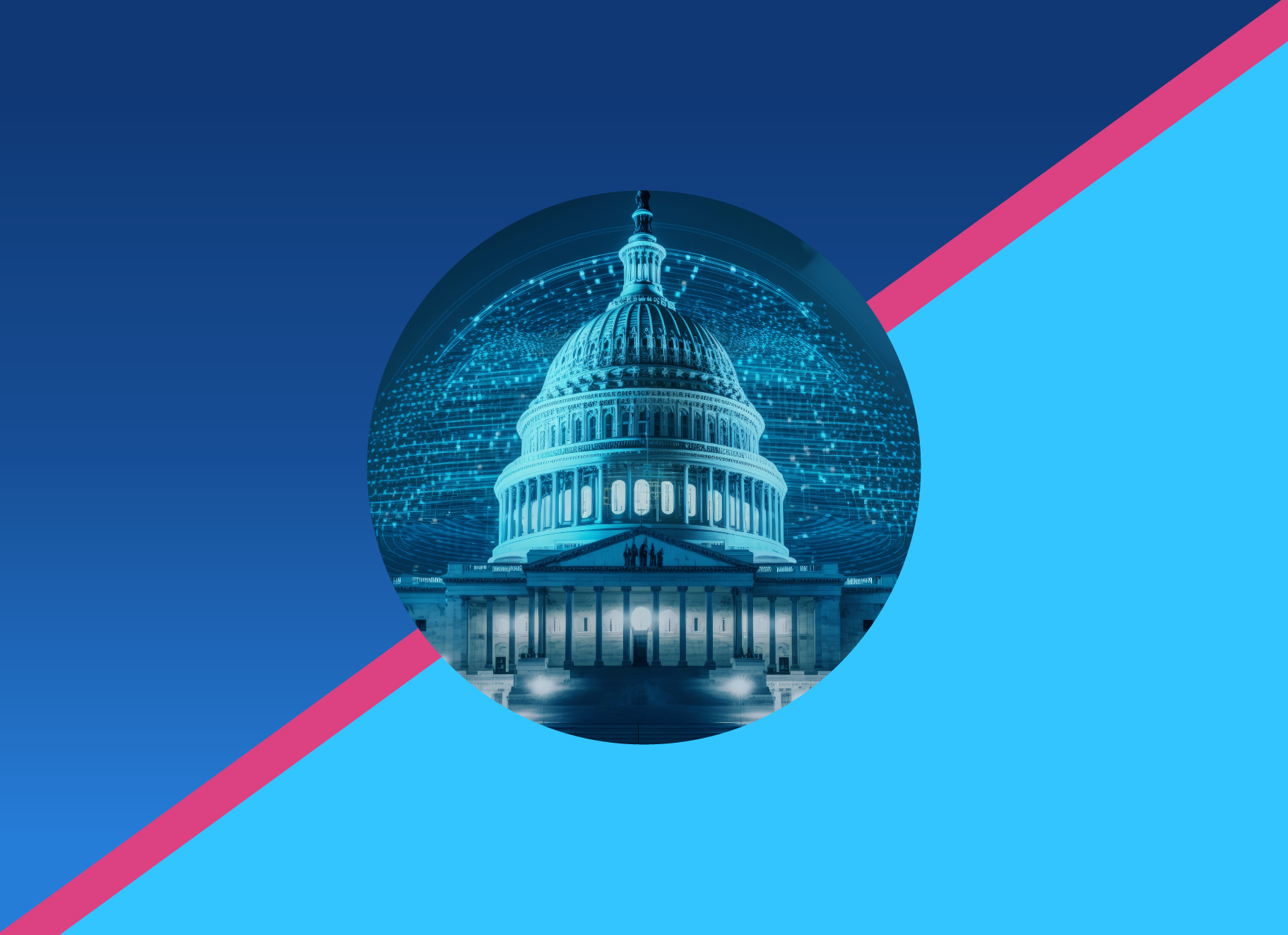Government agencies manage between 12,000 and 40,000 regulatory obligations, with approximately 200 to 250 new regulatory alerts issued globally every day across the financial services sector alone. This escalating complexity is driving agencies to rethink their approach to compliance management, moving away from manual, reactive processes toward intelligent, proactive solutions.
The Overwhelming Scale of Modern Regulatory Compliance
Traditional compliance methods cannot keep up with today’s regulatory demands. In the U.S., the Securities and Exchange Commission (SEC) and the Financial Industry Regulatory Authority (FINRA) account for over 5,000 of those obligations. In the future, 74% of organizations anticipate even more regulatory activity, highlighting the rise and complexity of compliance requirements.
The challenge extends beyond just volume to the speed at which regulations evolve and their divergence across jurisdictions. Traditional methods—spreadsheets, siloed systems and manual tracking—leave agencies vulnerable to gaps and inconsistencies that can result in significant penalties and reputational damage.
For Government agencies, the stakes are even higher. They must demonstrate complete adherence to regulatory standards while maintaining public trust through transparency and accountability. This creates additional pressure on compliance teams to meet regulatory requirements in a way that can withstand public scrutiny and audits.
The Hidden Costs of Manual Compliance Operations
Manual compliance processes are costly and inefficient. A 10-person compliance team loses approximately $500,000 annually to manual tasks like monitoring, tagging, mapping and documentation—excluding the costs of fines and remediation. That time could instead be spent on strategic analysis and risk prevention.
A high employee turnover rate of 23% further inflates costs, as onboarding new analysts takes months. By the time they are fully trained, they are often ready to move on from routine tasks, creating a cycle of constant training, development and replacement.
Manual processes also introduce risks such as compliance gaps, failed audits and regulatory penalties. Organizations using manual processes experience 3.2 times more violations than those with automation. These inefficiencies contribute to the expectation that compliance costs will rise 6-9% annually through 2030, making automation a financial necessity.
AI as a Force Multiplier for Compliance Teams

Artificial intelligence (AI) serves as a force multiplier that can put the expertise of a 15- or 20-year analyst into the hands of an amateur. By delivering institutional knowledge and step-by-step guidance through complex processes, AI significantly reduces onboarding time for new team members.
Its impact is both immediate and measurable. AI-powered horizon scanning reduces the time analysts spend reviewing regulatory updates from hours to minutes, filtering out up to 95% of irrelevant alerts so teams can focus on the 5% that truly matter. Natural language further enhances efficiency by breaking down complex regulatory text into digestible summaries, helping teams quickly understand and act on new requirements.
Most notably, AI automates obligation extraction from dense regulatory text—a process that manually takes 5.3 hours per obligation and has a 14.6% error rate. AI identifies obligation statements, provides rationale and tags content for routing to the appropriate business units. In doing so, AI not only streamlines workflows but also ensures greater quality and accuracy over time through expert-in-the-loop validation.
End-to-End Lifecycle Management for Regulatory Changes
Modern compliance requires a holistic approach, from identifying regulatory updates to operational implementation and audit readiness. The true value comes from operationalizing these insights into frameworks, policies, controls and measurable testing programs. Yet only 38% of organizations successfully map regulatory changes through to updated controls and audit trails.
Lifecycle management starts with comprehensive horizon scanning and extends through policy governance, control alignment and continuous monitoring. When updates—such as tighter insider trading language—triggers changes, AI flags policy conflicts, creates change requests and ties them directly to relevant citations. This creates a clear audit trail, ensuring that modifications are documented, defensible and properly embedded back into the compliance framework.
AI also strengthens control management by flagging gaps between obligations and controls, identifying conflicts with evolving regulations and static policies—such as a privacy policy’s opt-in age that conflicts with new jurisdictional requirements—and recommending changes before violations occur. This creates a responsive system where regulatory changes automatically drive updates across policies, controls and audits.
Proactive Risk Management Through Intelligent Automation
Shifting from reactive to proactive compliance enables smarter risk management. Intelligent automation identifies potential issues before they become violations and informs decisions about expanding products and services or entering new markets. Instead of months-long manual assessments, agencies can use AI to instantly identify control gaps and readiness. This can speed up service expansion or help agencies determine not to proceed.
Automated insights also enhance leadership decision-making. By combining real-time monitoring with impact analysis, agencies can prepare for regulatory changes instead of responding after implementation deadlines. These capabilities yield real results: organizations leveraging AI-driven compliance systems report a 79% reduction in audit cycle times—from 42 days to nine—and 90% fewer evidence requests from business units.
The future of Government compliance lies in embracing intelligent automation that enhances human expertise rather than replacing it. By implementing AI-powered solutions that can manage the velocity and complexity of modern regulatory requirements, agencies can transform their compliance programs from reactive cost centers into proactive strategic assets.
To learn more about how AI-powered compliance solutions can transform your agency’s regulatory management approach, watch the full webinar “Archer Evolv Compliance” and view the solution brief for a deeper dive into the platform’s capabilities.
* All statistics referenced in this blog are sourced directly from the webinar on which this content is based.
Carahsoft Technology Corp. is The Trusted Government IT Solutions Provider, supporting Public Sector organizations across Federal, State and Local Government agencies and Education and Healthcare markets. As the Master Government Aggregator for our vendor partners, including Archer, we deliver solutions for Geospatial, Cybersecurity, MultiCloud, DevSecOps, Artificial Intelligence, Customer Experience and Engagement, Open Source and more. Working with resellers, systems integrators and consultants, our sales and marketing teams provide industry leading IT products, services and training through hundreds of contract vehicles. Explore the Carahsoft Blog to learn more about the latest trends in Government technology markets and solutions, as well as Carahsoft’s ecosystem of partner thought-leaders.







